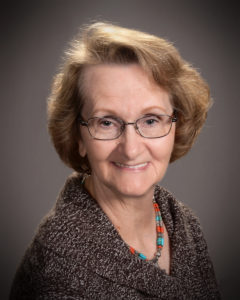Elderwood boosts memory care
June 29, 2017Elderwood is making a push to build its memory care business with dedicated units and a new philosophy at all sites. The Buffalo company hired Sandra Burrows as director of memory care, responsible for training staff at 13 locations and designing specialty units to supplement five Seasons memory care units now in operation. An expansion of the Grand Island unit is under way. Burrows brings 30 years of experience to the job, including 13 years as an Alzheimer’s care and quality-of-life consultant.
 What does Elderwood’s memory care business look like today? They have laid a wonderful foundation with a well-trained staff and they have designed the space and the programs. We’re going to fine-tune that. The whole Seasons program is designed around what they have left, not what they have lost. It’s pretty easy to see what skills people have lost; it’s more tricky to find out what they have and how to use what they have left. That’s the enhancement part we’re continuing to grow.
What does Elderwood’s memory care business look like today? They have laid a wonderful foundation with a well-trained staff and they have designed the space and the programs. We’re going to fine-tune that. The whole Seasons program is designed around what they have left, not what they have lost. It’s pretty easy to see what skills people have lost; it’s more tricky to find out what they have and how to use what they have left. That’s the enhancement part we’re continuing to grow.
How much need do you see for this type of care? We have five units formulated as memory care units currently, but that’s going to continue to grow based on the tsunami of the aging population and the need for dementia care at all levels: assisted living, skilled and within rehab settings –even home care. Sometimes keeping them at home does more harm than good. Take my case: I took care of my father with multi-dementia and at that time where we lived there wasn’t dementia care so the only options we had were inpatient psych, so we kept him at home. We knew our life was taken up with his physical care needs and we didn’t have a chance to develop and maintain his abilities. That’s often the survival technique of those who take care of their loved ones at home.
How does coming to a facility with a memory care unit help? We get to know them as a person and we continue letting them do what they can do for as long as they can do it. That doesn’t happen at home. At home, they need to be safe and not do anything, whereas we provide programming, we keep them walking, talking and feeding themselves. Those are the challenges. So the family sees they can actually get back to being family; they can get back to being wife, husband, son or daughter. And their interactions are that of a family member versus a caregiver. We’re relieving them of the caregiver burden while enhancing the life of the person.


